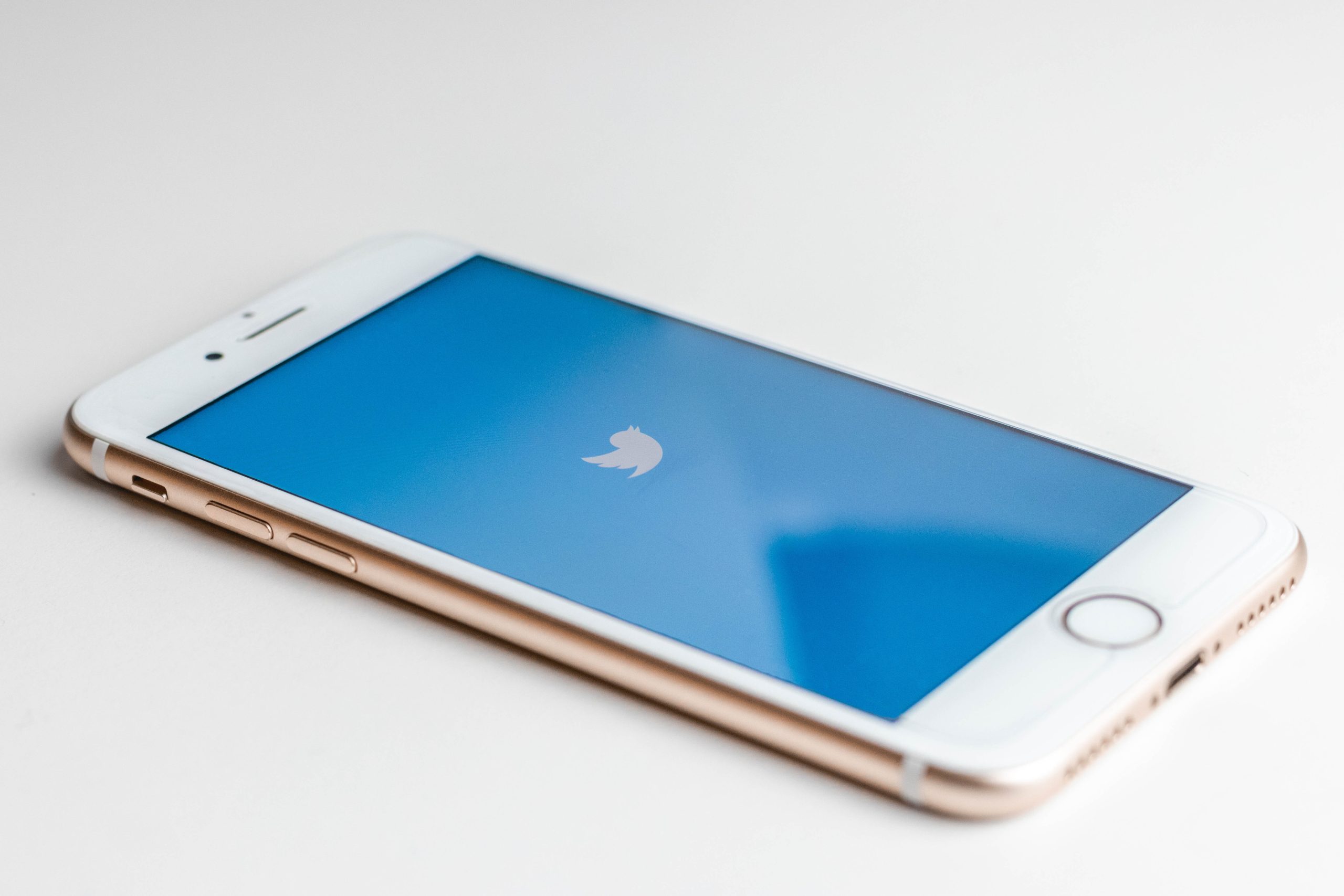
Willie R. Tubbs, FISM News
[elfsight_social_share_buttons id=”1″]
Over the past two days, more revelations of the inner workings of Twitter pre-Elon Musk have emerged which shed light on the company’s decision to ban then-President Donald Trump in the wake of the Jan. 6 riot.
These stories, which came from independent journalist Matt Taibbi and author Michael Shellenberger, were part of a three-day series that will conclude later today with a Twitter thread from independent journalist Bari Weiss.
“The world knows much of the story of what happened between riots at the Capitol on January 6th and the removal of President Donald Trump from Twitter on January 8th,” Taibbi tweeted Friday. “We’ll show you what hasn’t been revealed: the erosion of standards within the company in months before J6, decisions by high-ranking executives to violate their own policies, and more, against the backdrop of ongoing, documented interaction with federal agencies.”
Taiibbi’s use of the word “interaction” is appropriate because the Friday and Saturday reports appear to show Twitter employees largely operating independently to censor rather than doing so at the express directive of a federal agency.
However, the fact that Twitter reps held weekly meetings with representatives of the FBI, Homeland Security (DHS), and the office of the Director of National Intelligence (DNI) is sure to raise concerns about what was shared.
As has been the case in previous installments of the Musk-endorsed Twitter self-report, the novelty of the articles was that they confirmed what was either already known or generally assumed.
Americans have long known that federal agencies and social media companies have established partnerships, but Taibbi provided some context to how that partnership worked.
In the case of the 2020 presidential election, it seems the FBI, DHS, and DNI provided information to what Taibbi described as Twitter’s “Supreme Court of moderation,” a group of highly placed individuals who issued “content rulings on the fly, often in minutes and based on guesses, gut calls, even Google searches, even in cases involving the President.”
It remains unclear precisely what the federal authorities told the Twitter executives and about what topics, but the implication is that the moderation team used the FBI, DHS, and DNI as three (of many) authoritative sources when determining what constituted misinformation.
19. Pickles quickly asks if they could “just say “partnerships.” After a pause, he says, “e.g. not sure we’d describe the FBI/DHS as experts.” pic.twitter.com/d3EaYJb5eR
— Matt Taibbi (@mtaibbi) December 9, 2022
Shellenberger’s report Saturday provided another layer of confirmation that Twitter was decidedly to the left in its biases and effectively on the lookout for ways to remove or stifle high-profile conservatives, in particular Trump.
Twitter employees wanted to ban Trump before Jan. 6, but they needed a reason and went so far as to, as Shellenberger reported, request “a change of policy for Trump alone, distinct from other political leaders.”
Post Jan. 6, it became a matter of finding which policy violations to cite while banning Trump and determining what to do with everyday users who objected to either the banishment or to censorship on Twitter in general. The short answer was that common users had their tweets deleted.
“Twitter employees recognize the difference between their own politics & Twitter’s Terms of Service (TOS), but they also engage in complex interpretations of content in order to stamp out prohibited tweets,” Shellenberger tweeted.
Twitter employees recognize the difference between their own politics & Twitter's Terms of Service (TOS), but they also engage in complex interpretations of content in order to stamp out prohibited tweets, as a series of exchanges over the "#stopthesteal" hashtag reveal. pic.twitter.com/tfZesQNXx8
— Michael Shellenberger (@shellenberger) December 11, 2022
Shellenberger went on to outline the ways in which Twitter employees thoroughly jettisoned any pretense of theirs being a free-speech platform and removed even Tweets in which users expressed a disdain for Trump but also championed freedom of expression.
Responses to the latest Twitter installments have been, predictably, mixed.
Fox News collected a series of reactions from people on the left who all said the story is a non-story. Trump, on Truth Social, said that the entirety of the Twitter files series is proof that the 2020 election was “rigged” against him.
